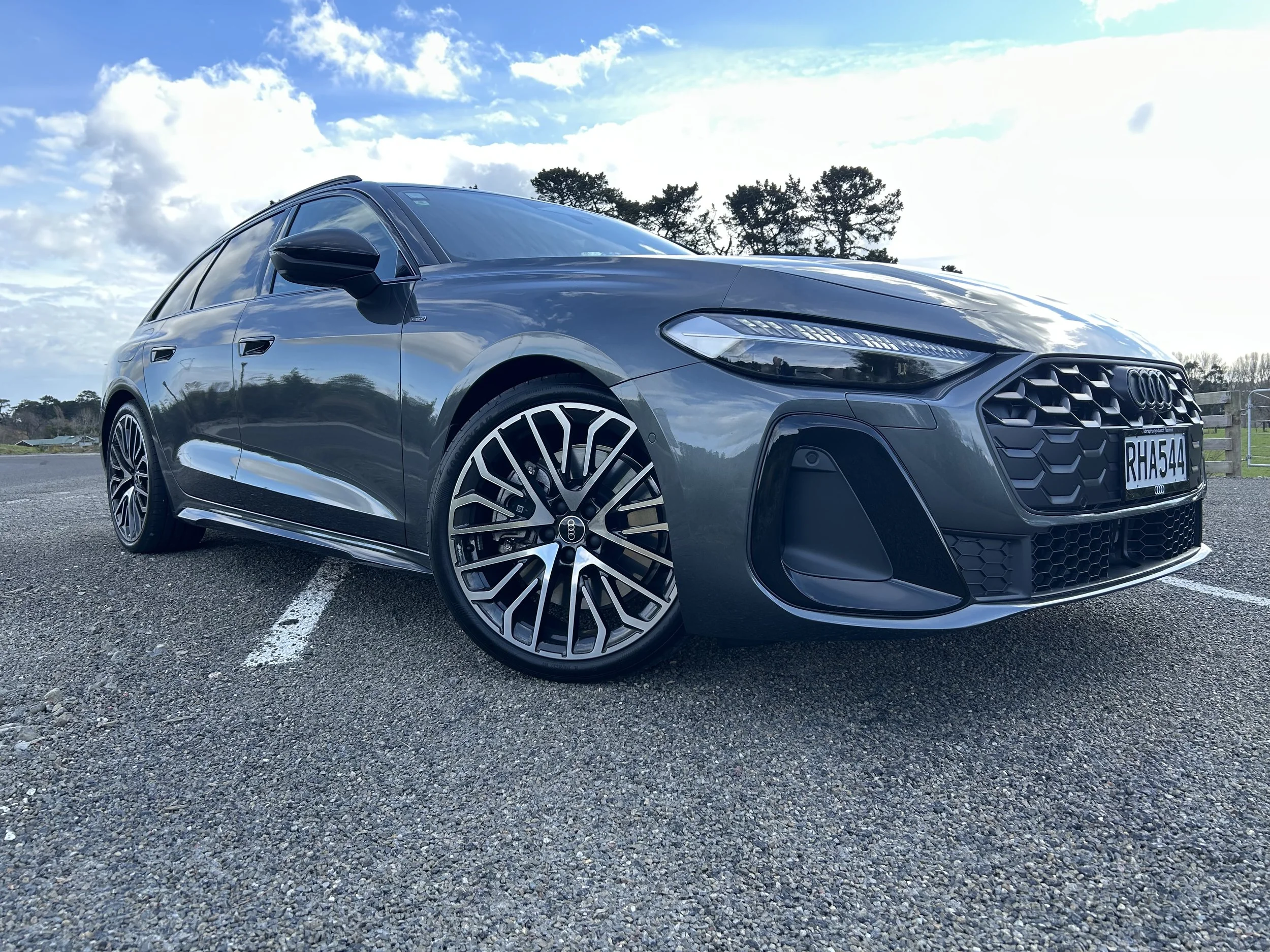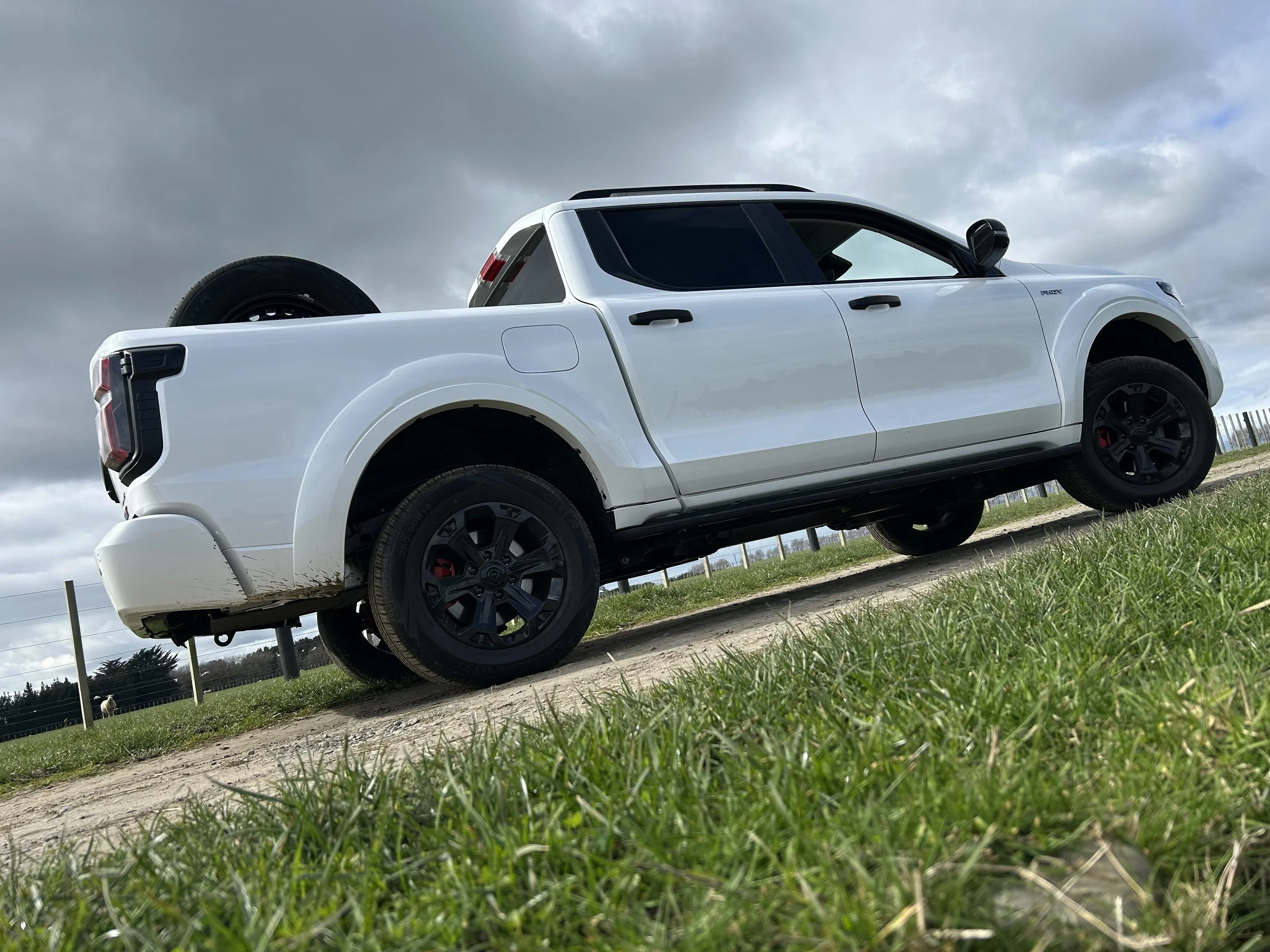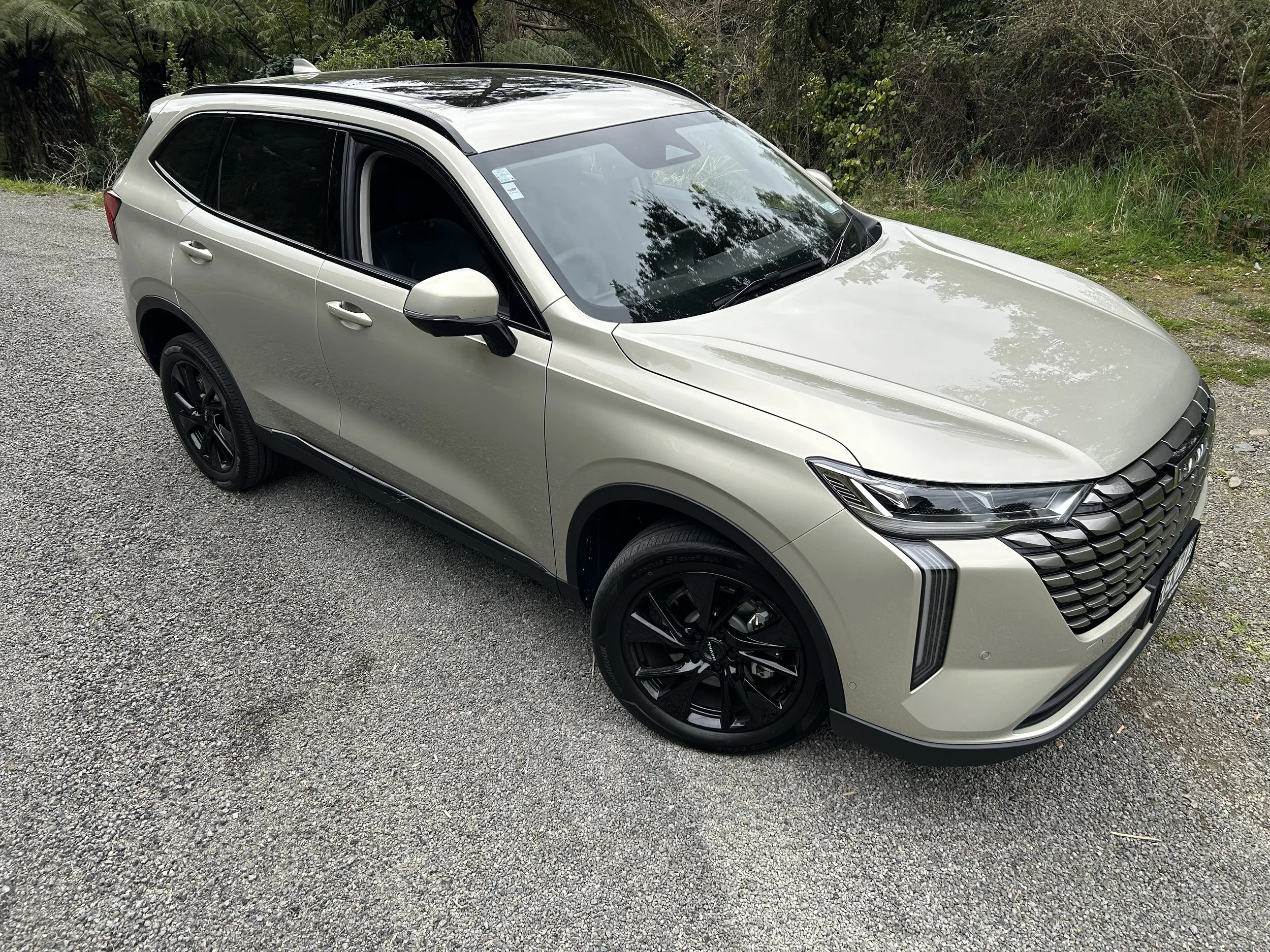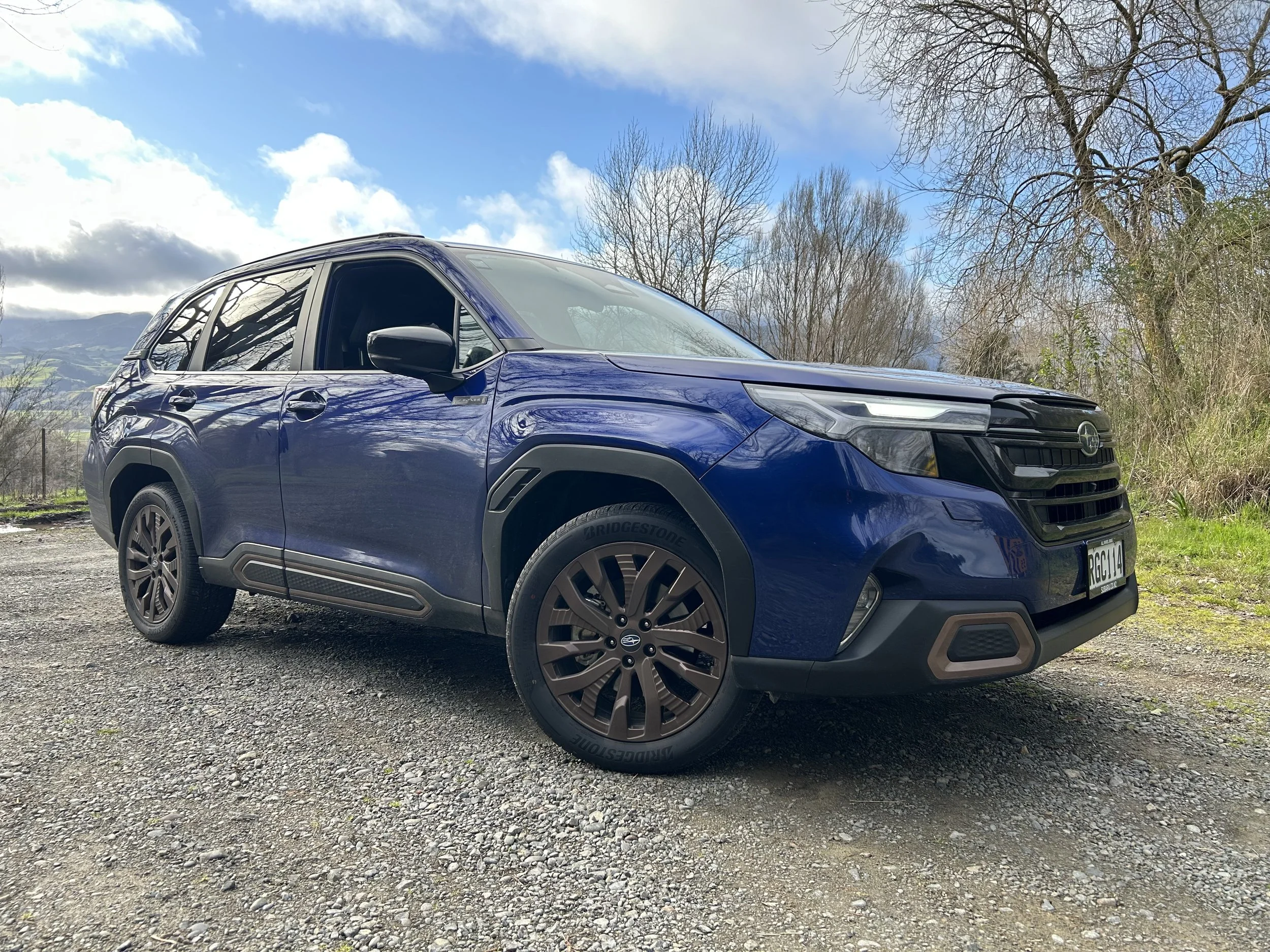Car business looks to another champagne year
/Everything is pointing to 2017 being another record year for new vehicle sales.
EXPECTATION of 2017 delivering a record count of new vehicle registrations has been bolstered by latest statistics from the industry.
Data for August released today by the Motor Industry Association, a lobby group that represents all new vehicle distributors, shows vehicle sales are up three percent year on year and have already exceeded the 100,000 mark. That’s the fastest pace ever measured since record-taking began, back in 1972, and suggests the sector is on track to hit a new high this year.
Some 13,063 new passenger and commercial vehicles were registered last month, a significant increase on the tally for August of last year, even though that count – 12,677 units – was considered a very good figure back then.
The increase is due to commercial vehicle traffic. Passenger registrations actually slipped by 3.2 percent, back to 8607 units. But the commercial unit count rose, by almost 18 percent, to 4456.
The MIA says this reflects changing consumer preferences. The tally includes those one-tonne utilities that continue to captivate Kiwi buyers to an astounding degree – our preference for the likes of the Ford Ranger and Toyota Hilux, in particular, are well above the international average and shows no sign of slowing.
Motor vehicle registrations year to date are 11 percent ahead of the same period of 2016; the total count to August of 103,923 units is also double the growth rate expected by the industry.
Commentators say this suggests the industry is heading for its fourth straight annual record.
To illustrate just how much movement is occurring, MIA chief executive David Crawford, below, reflects back on how the scene looked at the same time in 2009, when the country was at the height of the global financial crisis.
There were only 45,384 vehicles sold to the end of August, in 2009, compared to 103,923 this year, a 129 percent difference.
Crawford cites strong net immigration, the low cost of finance, competitive new vehicle prices and the NZ dollar being relatively strong as positive influences. He also suggested today that the looming general election has not affected new vehicle sales.
However, he has offered that the mix of vehicles registered in August shows changing consumer preferences.
“While passenger car and SUV registrations of 8,607 units were down 3.2 percent (289 units) on August 2016, registrations of 4456 commercial vehicles for the month of August were up by 17.9 percent (675 units) on August 2016.
“Registrations of SUVs remain strong however growth in registrations of passenger vehicles continues to weaken. Nevertheless, year to date passenger and SUV registrations still remain 7.5 percent (4851 units) above this time in 2016 and commercial vehicle registrations are up 19.6 percent (5691 units).”
No surprise that Toyota remains the overall market leader for the month. The industry giant held 19 market share in August, with 2511 units, followed by Ford with 10 percent (1305 units) and Holden with eight percent (1071 units).
Toyota was also the market leader for passenger and SUV registrations with 16 percent share (1397 units) followed by Mazda with nine percent (814 units) and Holden with eight percent (686 units).
The top selling passenger and SUV models for the month were the Toyota Corolla (540 units) followed by the Kia Sportage (370 units) and the Mitsubishi Outlander (296 units).
In the commercial sector, Toyota was again the market leader with 25 percent (1114 units) followed by Ford with 19 percent (833 units) and Holden a distant third with nine percent (385 units).
The Ranger lost its spot as the best-selling model to the Toyota Hilux. The latter took 17 percent share (779 units) of the commercial sector to the Ranger’s 15 percent share (690 units).
Year to date, however, Ranger remains both the top commercial vehicle model and the top model overall with 6320 registrations compared to 5497 for the Hilux.
The top segments were SUV medium with 15 percent share, followed by Pick Up/Chassis Cab 4x4 with 14 percent and small passenger vehicles with 11 percent market.

















